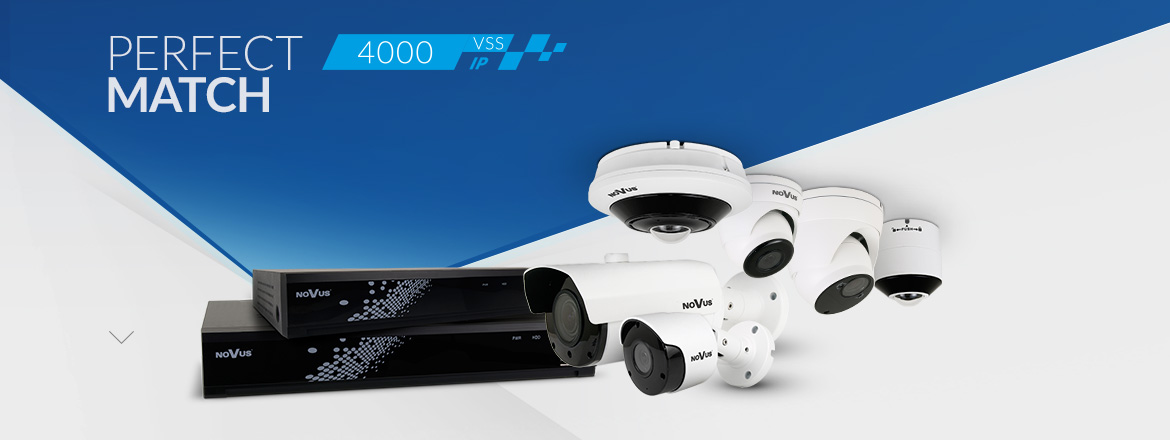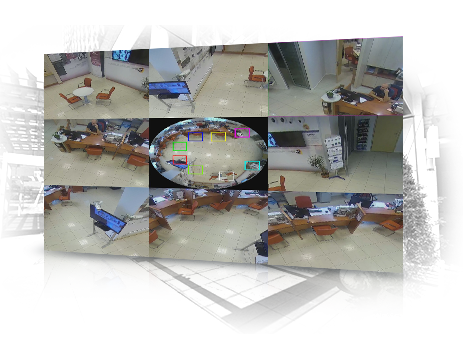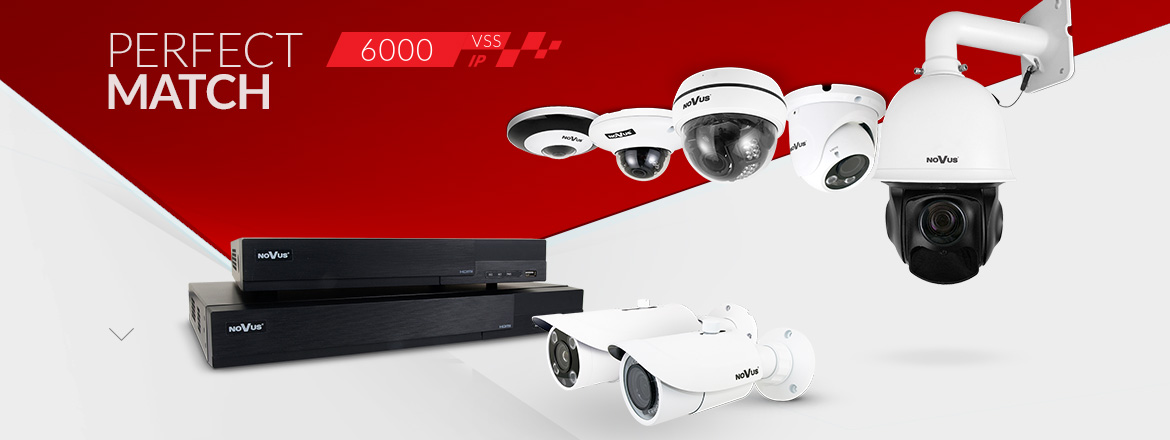




provides a number of benefits resulting from full compatibility of the devices.
The 4000 series recorders, in conjunction with the 4000 (former 2000) series cameras, beyond the basic configuration of parameters such as contrast or brightness, allow for much more advanced interference with the camera settings. From the recorder interface, we are able to:
- set the corridor mode and turn 180/270 degrees
- set the focal length with the camera with the motorzoome lens
- set the image correction (BLC, HLC, WDR, etc.)
- set the operating mode (day / night / automatic)
- all video parameters (fps, resolution, bitrate etc.)
(Video Content Analysis) refers to advanced image analysis functions, such as the disappearance of an object from the scene or reading license plates, but also to other frequently used functions, such as line crossing or camera sabotage.
Thanks to the use of a passive infrared detector, which was built into the front panel of the camera, we can eliminate false motion detections caused by eg:
- lights of passing cars
- shadow movements
- reflections from shiny surfaces
- leaves / trees movement in the wind
The principle of operation of the PIR sensor is based on the detection of heat changes in the detection zone, therefore the alarm is generated only when a human or other object that differs in temperature from the environment appears on the area

Transducers with a fisheye lens allow observation of the whole room with the help of one camera. Thanks to this type of lens, we avoid monitoring "dead zones" and save resources by throwing only one camera into the room. In NOVUS recorders, the image from such cameras is processed and displayed in the form of:
- VR mode
- 180 and 360 degrees panoramas
- cylinder
- virtual PTZ (2x2 division, one hemisphere + 3 virtual PTZ)
- virtual PTZ (3x3 division, one hemisphere + 8 virtual PTZ)
- 360 panorama + 3 virtual PTZ
- 360 panorama + 8 virtual PTZ
Hybrid mode in AHD recorders. The Novus AHD DVRs, thanks to the hybrid mode, are able to display, record and receive image analysis events from IP cameras..





provides a number of benefits resulting from full compatibility of the devices.
The 6000 series recorders, in conjunction with the 6000 (former 3000) series cameras, beyond the basic configuration of parameters such as contrast or brightness, allow for much more advanced interference with the camera settings. From the recorder interface, we are able to:
- set the corridor mode and turn 180/270 degrees
- set the focal length with the camera with the motorzoome lens
- set the image correction (BLC, HLC, WDR, etc.)
- set the operating mode (day / night / automatic)
- all video parameters (fps, resolution, bitrate etc.)
(Video Content Analysis) refers to advanced image analysis functions, such as the disappearance of an object from the scene or reading license plates, but also to other frequently used functions, such as line crossing or camera sabotage.
The function allows to trigger a local alarm, send an e-mail, control the relay, or send a push notification to the mobile application after recognizing the face marked in the built-in database as "forbidden" or "wanted" face.

Transducers with a fisheye lens allow observation of the whole room with the help of one camera. Thanks to this type of lens, we avoid monitoring "dead zones" and save resources by throwing only one camera into the room. In NOVUS recorders, the image from such cameras is processed and displayed in the form of:
- 180 and 360 degrees panoramas
- cylinder
- virtual PTZ (2x2 division, one hemisphere + 3 virtual PTZ)
The dynamic change of stream parameters allows for a significant saving of space for recording on the recorder's disks. This function frees us from the need to use recording after motion detection to ensure a long recording time, through operation in two modes: normal and alarm. When recording in the normal mode, we can set lower quality and fewer frames per second, while in the alarm full quality of the image. Thanks to this, we keep the continuity of the recording at the required recording length with full image quality for interesting parts recording.
Smartplayback, or so-called post factum analysis allows the monitor's operator to search for recordings in coincidence with crossing lines or violating the area which we define at the time of playback recording. Thanks to this solution, the time needed to find a specific part of the recording is much more effective and less time-consuming.



